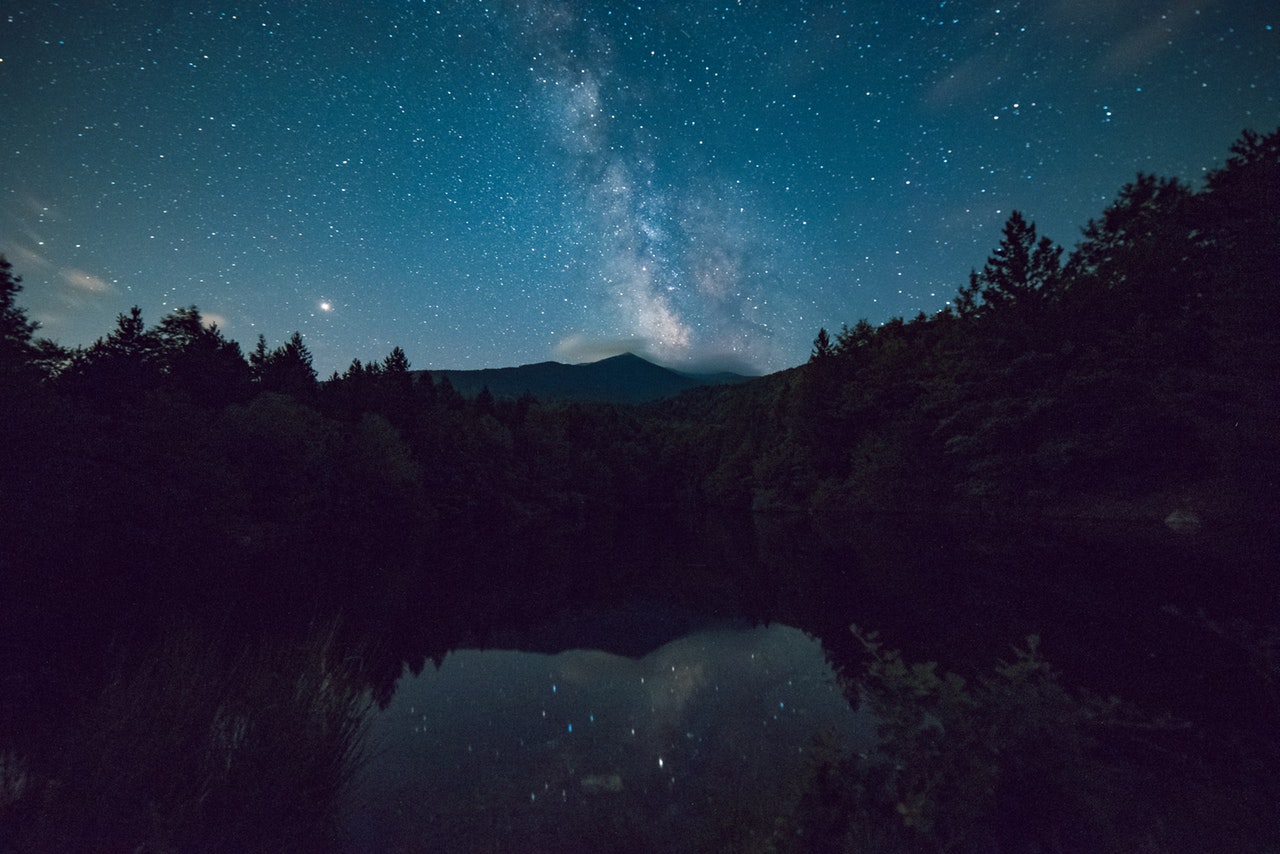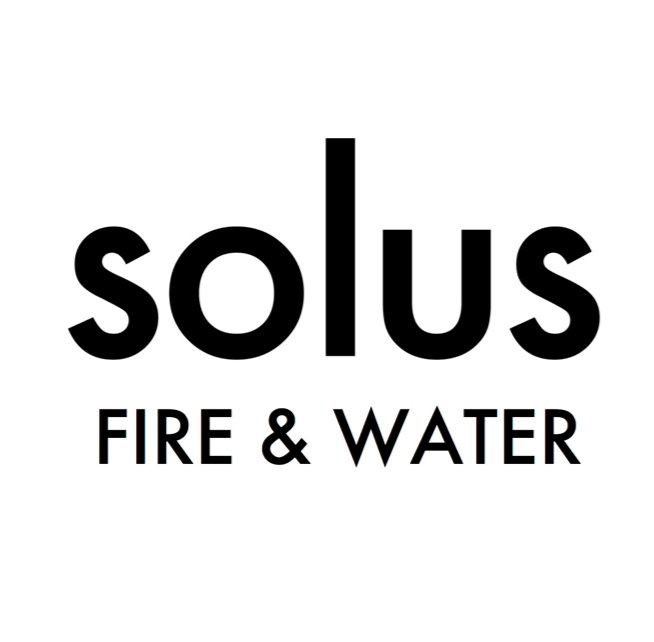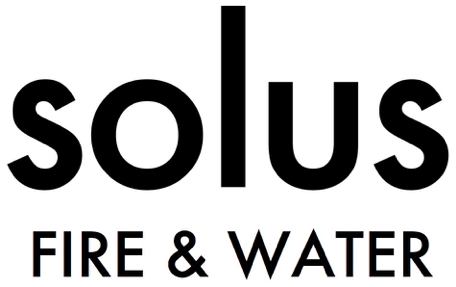
Questions You Should Ask When Specifying a Hotel Fire Pit
The trend for outdoor living is continuing to grow in the UK and Europe. Products such as hotel fire pits are popular as they extend time outside and are a feature (that also provides warmth) for guests to sit around on a hotel terrace. So, what are the considerations for designers?
Solus have had many years’ experience installing hotel fire pits in a variety of commercial and public spaces such as hotels, restaurants, golf clubs, apartment roof terraces and amenity spaces. Regular clients include chains such as Marriott, Four Seasons and Hilton as well as luxury and boutique hotels such as the Royal Champagne Hotel and Spa in France and the Hotel Le Toiny in St Barts.
We have put together a guide of useful questions to ask or as considerations when adding a fire pit feature into a design:
- What is the difference between the fuel types?
- a) Natural Gas (NG): There is an immediate cost to set up a natural gas line to the firepit but the running costs are the least expensive. Natural gas also burns cleanly. It is the most convenient option as it is always available (no tanks to replace).
- b) Liquid Propane (LP): Like natural gas it can be hard-piped or run a hose (there is very little setup cost for a hose). Typically, LPG is available in a variety of tank sizes that need to be refilled and hidden from view.
- c) Ethanol (Bio-Fuel): There is no setup cost. Typically, this is the most expensive fuel type. There is less flame control with ethanol (no regulation) and it is the option chosen when either NG or LP are not an option. Ethanol burns with no off-gas or particulates.
- d) Wood: Wood can take up significant storage and require a lot of clean up. Costs of wood really depends on where you live. Wet wood, ignition issues, wood smoke, stinky clothes and neighbour complaints are the most frequent negatives one hears of wood fires. Wood sparks as it is burning and is therefore a potential fire risk. There can be regional bans or restrictions on wood fires due to clean air requirements (smoke control areas).
- Certification? What is it and why should you care?
- a) Certification (ANSI in the USA, CSA in Canada, and CE in Europe).
This means the manufacturer (in this case Solus Decor) has paid an independent lab to test our products and certify them as safe according to the industry agreed standards. Part of the certification process is ongoing random audits to make sure that manufacturing standards remain at or above the certification standard. Ask for the certification documents and the product listing. Be wary of counterfeits or “built to the standard of CE, CSA or ANSI”.
- b) One needs to care.
Having a product certified means that there is a guarantee that the product has been designed and manufactured in a way that will not be dangerous to the consumer. You wouldn’t buy a gas boiler or a BBQ that hadn’t been certified as safe, so why not purchase a safe fire pit as well?
- i) When a product is “built to certification standard,” or “built to UL standard,” it is not actually certified. The product has not undergone the initial testing, nor does it undergo the random testing to ensure the manufacturing quality. The product must be certified and not just to the standard.
- ii) Combining a certified burner with a non-certified vessel or brick assembly may void the certification if installed incorrectly and the safety of the fire pit.
Certification also provides a measure of liability insurance for both home owner and commercial installations.
- Burner / Ignition types.
- a) Manual: A standard ignition that is frequently referred to as a “match-lit burner” in the industry. This burner has an adjustable key valve on the side of the firepit that is used to regulate the gas flow from off to maximum. This burner does not require electricity, just a fuel source (LP, NG or ETH) and is common to North America.
- b) Manual with Flame Supervision: This is the same as the manual ignition, but it has an additional feature that monitors the flames. If the fire pit is blown out, the flame supervision device shuts off the gas flow. With this ignition, you light a pilot light that will then warm a sensor. Once that sensor is hot enough the flame supervision system will open the gas flow and ignite the fire pit. This is required in the UK, Europe and some parts of North America. This burner does not require electricity. (only NG or LP).
- c) Electronic (Auto): It requires 110 volts (NA) or 220-240 volts (EU) to be run to the fire pit along with a light switch or timer. It is strictly an on/off burner and is ideal for commercial, common use, or public spaces. Flame supervision is included in all Solus Decor’s electronic ignitions.
- d) Electronic with Adjustable Valve (Auto Adj):
This burner is the same as the electronic burner but it has an adjustable valve on the side of the firepit that allows our customers to regulate the gas flow. This means if the fire is a little too warm you can turn it down to a more comfortable temperature. Flame supervision is available in all Solus Decor’s electronic ignitions. The extra valve also doubles up as an emergency shut off valve – often a requirement of commercial installations (particularly in California, New York and the UK).
- e) Ethanol:
Ethanol burners are a basin into which the ethanol is poured. Once it is filled to the desired level (based upon desired burn time) a long wand is used to ignite the ethanol. When finished the flames can be snuffed out with the lid. This burner does not require electricity and may be placed almost anywhere. 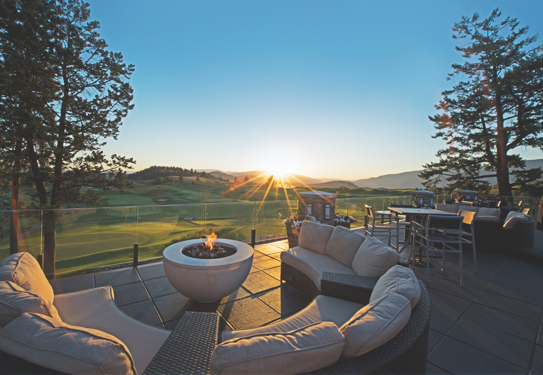
Hemi with ring
- How does one determine placement? What factors are there to consider? (aside from aesthetic reasons)
- a) Fuel / electricity: i) The first factor that should be assessed is where can the fire pit be placed and where it will have access to fuel or perhaps more accurately “Where can I run a pipe or hose for the firepit.” This is most important for Natural Gas and Liquid Propane burners.
- b) The Material (substratum) the firepit will be placed upon:
- i) Many firepits (Especially burner without structures around them) cannot be placed on wood decks, composite materials, or grass.
- ii) Solus Decor’s firepits are rated to be placed on all outdoor materials (wood, composite, grass, stone, pavers, or concrete). This is because the burners are designed to throw heat up and out to those seated around the firepit.
iii) Many firepits lose heat in an inefficient manner to the bottom and sides of the vessel which means the vessel and the area around it gets hot. It is important to know if a firepit can damage the material it is placed upon. It also calls into question how many btu’s or kw’s are necessary for your fire pit. If 30 – 50 % of the heat and btu’s or kw’s are lost to the bottom of the vessel it is a waste of fuel.
- c) Safety Clearances:
- i) Safety clearances are the minimum required distance a firepit needs to be from combustible materials such as overhang or furniture. This is part of the certification process and in the CSA / CE documentation.
- ii) NG and LP are “controlled flames” unlike wood which is uncontrolled.
iii) Solus Decor’s safety clearances for our firepits are: 16” or 400 mm from the side of the concrete vessel 2) 6’5” or 1.9m from the FLOOR (not the top of the vessel). 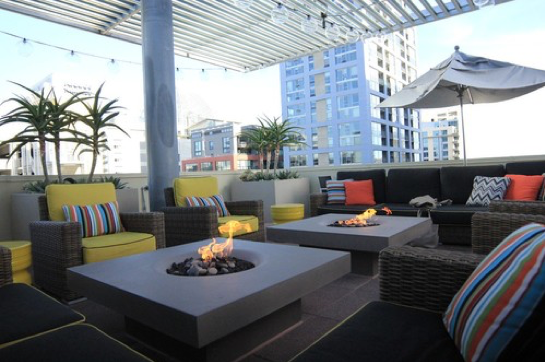
Two Elevated Halo fire tables
- Warranties, and why they are important.
- a) Just in case.You cannot control the weather. These are outdoor products and sometimes things happen. Warranties matter! Ask about the warranty and how long it is.
- b) What is the duration of the warranty? Solus warranties are the best in the business (3, 5 and 25 years).
- c) Product quality and who deals with your warranty.
Solus certifies and build in-house and is therefore able to properly troubleshoot any issues. 1) Concrete: All concrete vessels are cast in-house so providing a warranty r eplacement can be done in a timely fashion if necessary. 2) Burners: We assemble all our burners in-house and we are therefore able to troubleshoot issues as well as being able to provide replacement parts if necessary.
- What media is best in a firepit?
Solus use two high-quality media for a firepit
- a) Lava Rock: A natural rock that is used to reflect heat back out of the firepit. Does not contain heat for long. Solus Decor uses black lava rock as its primary media
- d) Concrete Media: There are specific formulations of refractory concrete that have been designed to withstand the heat of a fire pit. Solus uses these as “refractory concrete river rocks” around the burner and / or the entire fire pit.
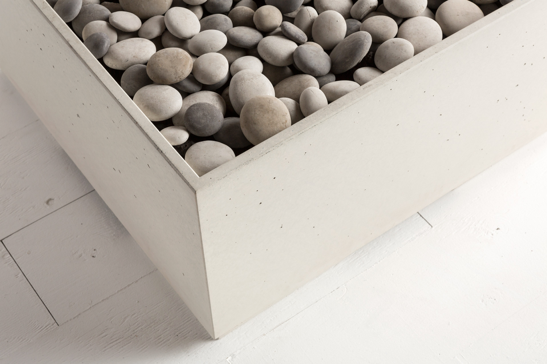
Solus refractory concrete river rocks
What sort of media (stone, glass or other) can I put in my firepit? Be careful what you find on the internet – there are many inappropriate “fire pit media”. Part of the certification process is that the fire pit appliance is tested with the media. This means the certification says yes to only this media and nothing else (unless it has been certified). There are plenty of media readily available – it doesn’t mean it is all appropriate for your fire pit. Changing the media may invalidate your certification and therefore your insurance.
- Heat (BTU or kW) (A BTU or kW is a unit that measures heat produced by a burner/grill/stovetop/bbq etc.)
BTU or kW can be used to generalize how hot a firepit is, however it is not completely accurate.
- a) A better way of saying it might be that the BTU or kW indicates how much fuel a firepit can consume.
- b) How much heat you feel around the firepit can be influenced by the following:
- i) Wind: Strong winds can blow the heat away.
- ii) Efficiency of the burner: Is it directing heat everywhere or is it projecting heat up and out to those around the fire pit.
iii) Height of the burner: Heat radiates up and out from its source. The lower the firepit the more heat you will feel on your body.
- iv) Fuel type: For example, propane burns a little hotter and brighter than natural gas.
What other functions can the fire pit perform? Will it be needed to place drinks on the side while on? Can it be used as a table when not on? Will it have a sculptural presence in the outside space? Will it complement the design / furniture / planting scheme and colour?
- Important questions to ask yourself about what firepit to specify.
1) What shape would work best in the space?
- a) Square shapes fill a space more completely.
- b) Round shapes are easier for people to navigate around and pull up additional seating.
- c) Rectangular shapes can fit more people around them than square.
2) What is the purpose of the firepit?
- a) Is it going to be solely for sitting around and using as a firepit? b) Will it be used as a coffee table during the day? c) Would you like guests to leave their drink on the firetable as they relax around it?
*NB the proper use of accessories can really expand the uses of your firepit. Solus Decor’s All Metal tabletop with removable center would allow you to use your firepit as a coffee table in the day and at night you can remove the center, so you still have a drink ring around your flames. 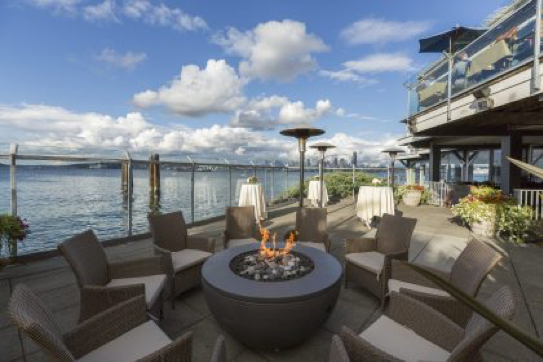
Hemi fire pit with ring
Solus SAQ’s are available to download on our website: www.solusdecor.co.uk
Our knowledgeable sales staff can answer any further questions you may have about installation, safety, colour and design, or any other queries.
T: 0208 819 1495 E: [email protected]
